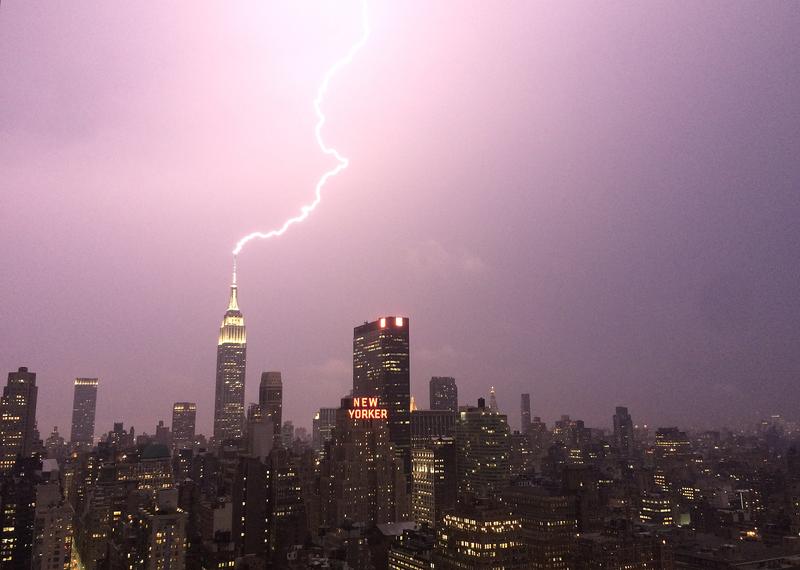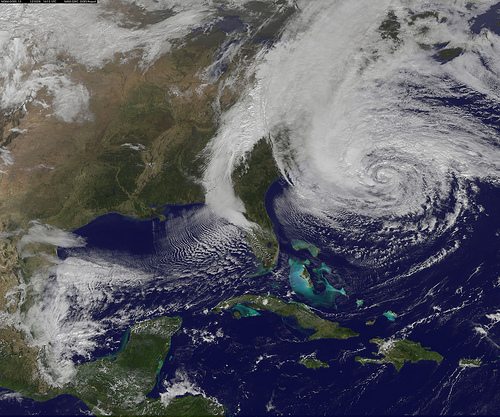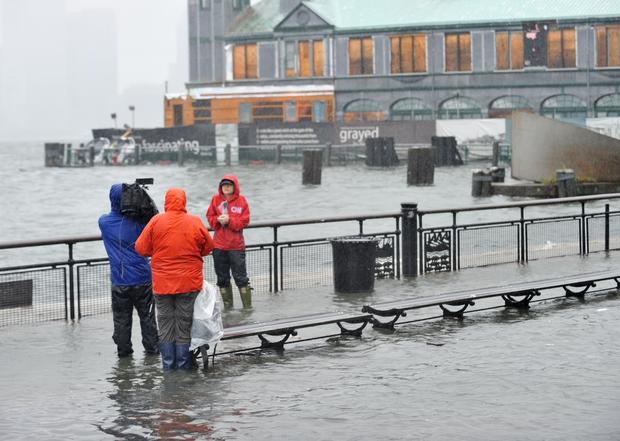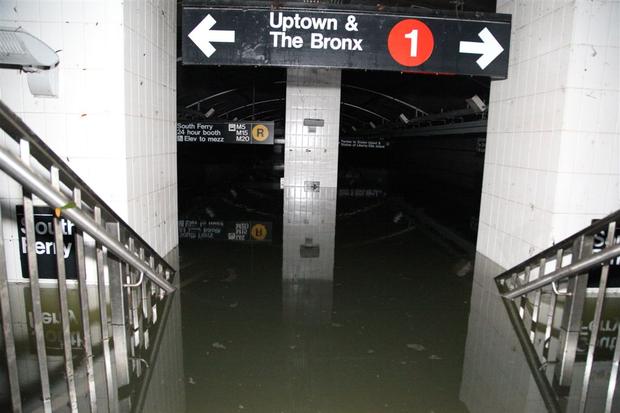
In 2050, thanks to higher sea levels and warmer temperatures, we will live in a world with more risk. The chance of something going wrong will be higher; the damage done if something does will be greater still. And insurance may no longer cover it.
After Sandy, New York commissioned a study to examine future risks. The reinsurer Swiss Re concluded that by 2050, New York City's average annual cost from storms for police, repairing sewers and other expenses would rise to $4.4 billion from $1.7 billion. The reason? More storm surges will reach farther inland. But bigger storms will cost more.
Sandy caused $19 billion in private insured losses and billions more in uninsured losses. In 2050, a storm comparable to Sandy would likely cost $90 billion.
Most city property is not insured, with the exception of public housing and hospitals.
The MTA's total insurance coverage is for just a fraction for the $5 billion in damage Sandy inflicted. The MTA is still fighting to collect all the money it says it's owed from pre-Sandy insurance contracts.
Haitians have done something novel — they have insured their whole country. The 2010 Haitian earthquake measured 7.0 on the Richter scale. That triggered a $7.75 million payment - Haiti received the money two weeks later.
While the amount was far below what was needed given the severity of the event, Haiti got the money quickly because it has a parametric policy — it's trigger activated (in this case, the trigger was the Richter scale number) — and so activated faster than indemnity insurance.
The MTA has a parametric policy, too: if the water rises to 8.5 feet above sea level on this tidal gauge, the subway system would collect $200 million. On land, that would translate to water about the height of a small child.






